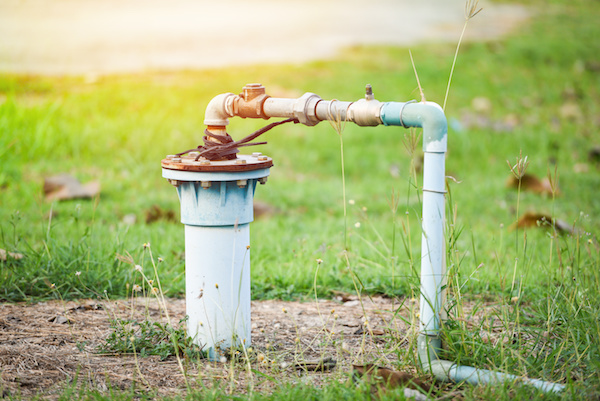Widespread nitrate pollution is a public health crisis in Wisconsin, and the evidence of nitrate pollution in Wisconsin’s private and municipal wells is only growing. In the last year, reports of high nitrate levels in the Central Sands, the La Crosse area, and Southwest Wisconsin have added to the body of evidence already in existence. In two rounds of sampling in Southwest Wisconsin, 15% of private wells were found to exceed the health standard for nitrate pollution, with one quarter of wells in Lafayette County exceeding this standard.
Research tells us that around 90% of the nitrates contaminating our groundwater are coming from agricultural sources, primarily from either manure or commercial fertilizer applied to farm fields. We also have a growing understanding of the health risks associated with exposure to nitrates: blue baby syndrome and central nervous system birth defects in fetuses or young children, and for adults, thyroid disease and colorectal cancer.
The citizens across Wisconsin who cannot drink their nitrate contaminated groundwater deserve timely action to reduce the pollution contaminating their wells.
With this in mind, Gov. Tony Evers announced in July the beginning of a process to develop new rules for how nitrogen is applied to farm fields, an important step for protecting rural drinking water across the state. The new guidelines are administrative rules that will stipulate how nitrates from commercial fertilizer and manure are applied to farm fields.
Even conservative estimates suggest there are 40,000 wells in Wisconsin that exceed the 10mg/l nitrate health standard; other estimates are closer to 80,000 wells. A concerted effort to address this widespread nitrate pollution is long overdue. These new guidelines will not solve all of the state’s nitrate pollution problems, but they are a strong step meant to address the most significant sources of nitrate pollution. The citizens across Wisconsin who cannot drink their nitrate contaminated groundwater deserve timely action to reduce the pollution contaminating their wells.
Farmers are learning about and experimenting with innovative growing practices that can help reduce nitrate pollution from farm fields, and these targeted performance standards can help accelerate the adoption of practices that reduce nitrate pollution in groundwater. Many farmers are already employing growing practices to reduce erosion and water runoff from their fields, improve the health of their soil, and keep nutrients in their fields where they’re needed instead of polluting our water. Planting grasses and other perennial plants in sensitive areas, reducing the amount of tilling that’s done on fields, responsibly spreading manure in the right amounts at the right time of year, and planting cover crops, which can help improve the health of the soil and keep nutrients in the field, can all reduce the water pollution leaving farm fields. The development of new guidelines will identify areas of the state most at risk for nitrate contamination in groundwater and help guide farmers’ efforts to reduce nitrates leaving their fields.
We applaud Gov. Evers’ commitment to creating these new standards, but this is only the beginning of the process. In the months ahead, we’ll be working with lawmakers and state agencies to make sure these rules protect drinking water and public health and offer every resident in Wisconsin with a well polluted by nitrates hope clean drinking water in the future.
A small but vocal number of special interest groups want to thwart these efforts, so it is critical we show decision-makers that this new rule is critical to seriously tackle nitrate pollution in Wisconsin, protecting public health and ensuring everyone has clean drinking water.
We can have clean drinking water and a thriving agricultural economy, but we will have to work together to find common ground and support both our farmers and families afflicted with contaminated water throughout our efforts.

